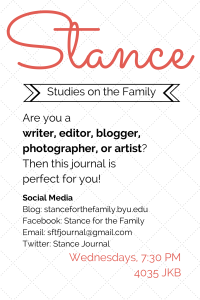By: Madelyn Taylor
Like most artistic movements, it’s hard to determine an exact source of Slam Poetry. To some point Marc Smith, who, inspired by experimental poets like Allen Ginsberg, began searching for a way to breath life into the open mics in Chicago. By focusing on the performance aspect of poetry, Marc started a poetry reading series at a Chicago jazz club, and eventually, like the true american event it was, the readings became competitive. In 1990, the very first National Poetry slam started a tradition that still runs today.
But what is a Poetry Slam?
Well it’s not…
- Poetry recitation
Maybe you had to recite poetry for English. Maybe your school held a poetry recital. Whatever the reason, everyone is familiar with the stiff silence and polite applause that accompanies a poetry recital. But nothing could be further from the truth when it comes to a Slam. Not only are poets required to bring original work (no Robert Frost here!), but poems are meant to be performed. The poet is always looking to elicit laughter, cheers, tears, reaction from the listeners, making poems just as fun for the performers as for the audience. It is not uncommon, and is highly encouraged, for a Poetry Slam audience show their appreciation of a poem through clapping, stomping, yelling, and yes, snapping.
- Beatnik
If the words “Spoken Word Poetry” conjures up images of black turtlenecks, bongo drums, and that one cafe scene from “An Extremely Goofy Movie”, you may be thinking of a different event. Although performance poetry may have originally been inspired by the beatnik movement, a modern poetry slam is far from the beret wearing events of yesteryear. Slam poetry is meant to be understood.
- Rap Battle
This is another case of influence. From early in it’s life, hip hop has been an active contributor to the slam poetry culture (did you know Kanye’s “Gold Digger” was first performed at a slam?), especially among young poets. Both rap and slam poetry rely heavily on rhythm and flow, and both have informal formats which tackle complex issues. A Slam should not be confused with a rap battle, though. In a slam there are at very least 5 poets (sometimes upward of 30), and instead of bouncing off each other for improvised performances, the majority of poems are prepared in advance.
- Poetry Geeks Only!!
One of the greatest things about slam poetry is its appeal to people from all walks of life — not just English geeks! If you’re worried you wouldn’t fit in because you don’t particularly love Shakespeare, or you’ve never read Leaves of Grass, never fear! Spoken Word is about sharing your stories, and if everyone had the same experiences, the platform would be useless. So don’t be afraid to dive right it, poetry geek or no, into one of the most honest forms of expression out there.
What Slam Poetry is, is performance poetry. And while a poetry slam may have a specific format, slam poetry itself is anything you want it to be – whether that means rap, soliloquy, or breaking out the iambic pentameter, it’s up to you. However complicated it may seem, slam poetry is primarily about creating a platform for you to say things fully in the best way you know how. It’s about telling your story. And it’s a ton of fun.
Come check out the poetry slam being hosted by the BYU English Society on October 15th from 6-8pm at The Wall! Hope to see you there!

